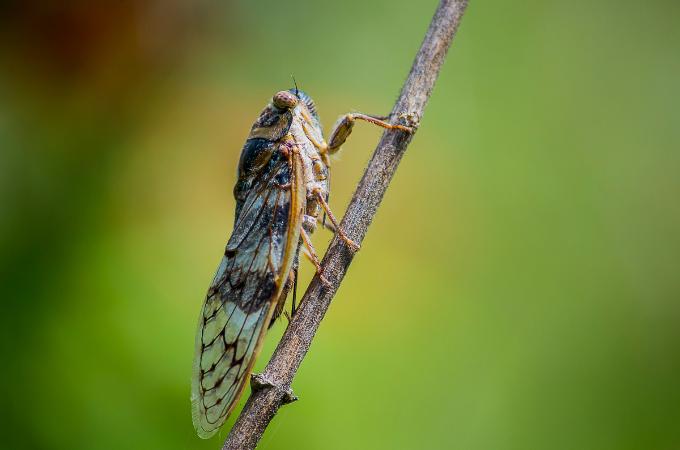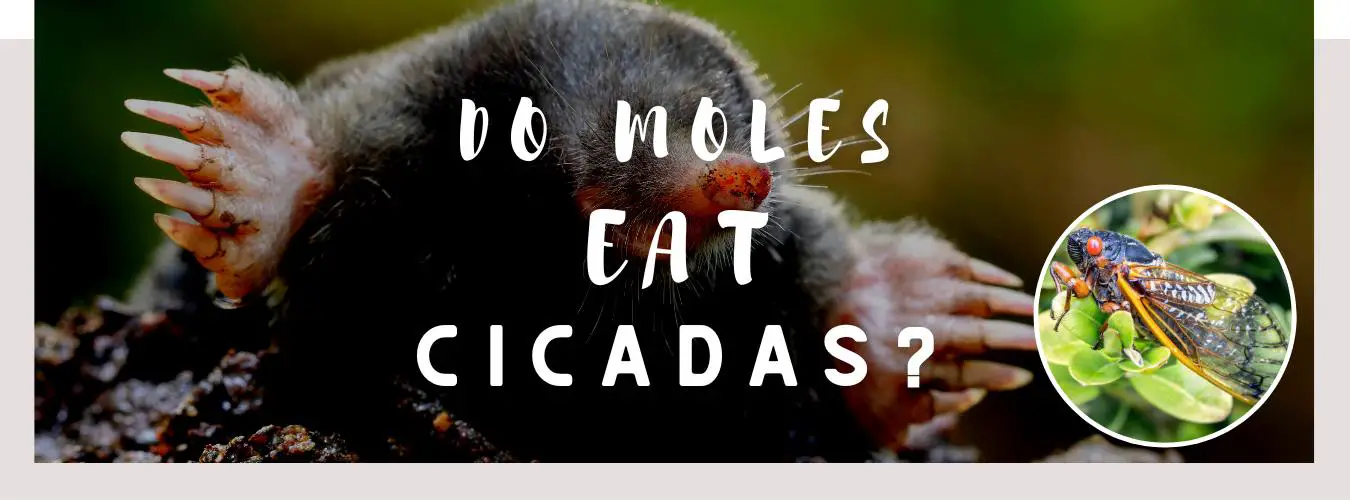
Cicadas are a type of insect that are known for their loud, rhythmic singing. They are found in many parts of the world, and there are hundreds of different species. Cicadas have a life cycle that typically lasts several years, and they are often seen as a symbol of the passage of time.
Cicadas are most commonly found in trees, and they have a distinctive appearance, with large, transparent wings and a stout, segmented body. They are typically about 1 to 2 inches long.
Cicadas are known for their singing, which is produced by males as a way to attract females for mating. The sound is made by vibrating membranes on the body, and it can be quite loud, sometimes reaching decibel levels that are comparable to a jet engine.
Cicadas are not typically considered a pest, and they do not bite or sting. They do not cause any damage to plants, and they are not known to transmit any diseases to humans. In many parts of the world, cicadas are actually considered a delicacy and are eaten by people.
Do Moles Eat Cicadas?
Moles are small, burrowing mammals that are found in many parts of the world. They have a voracious appetite and will eat a wide variety of insects and other invertebrates, including grubs, worms, and beetles. It is possible that moles may also eat cicadas if they are available, although cicadas are not a primary food source for moles.
Moles are adapted to a subterranean lifestyle and do not typically come to the surface, so they may not encounter cicadas very often. They primarily feed on insects and other invertebrates that they find while digging through the soil.
You might also like: What Do Blobfish Eat?
What do moles eat?

Moles are small, burrowing mammals that are adapted to a subterranean lifestyle. They have a voracious appetite and will eat a wide variety of insects and other invertebrates. Some of the insects and invertebrates that moles commonly eat include grubs, worms, beetles, and insect larvae. Moles also eat small amounts of plant material, such as roots and tubers, and they occasionally eat small vertebrates, such as frogs, salamanders, and snakes.
Moles have a high metabolism and need to eat a lot of food in order to fuel their digging and burrowing activities. They have sharp, chisel-like teeth that are adapted for tearing and grinding up their food. Moles do not have good eyesight and rely on their sense of smell to locate food. They are active foragers and will search for food both day and night.
How do you tell if there’s a mole in your yard?
There are a few signs that you can look for to determine if you have moles in your yard:
- Molehills: Moles create small, conical mounds of soil as they burrow through the ground. These mounds, known as molehills, are often the first sign that you have moles in your yard.
- Tunnels: Moles burrow through the ground, creating a network of tunnels just below the surface. If you see long, narrow channels or ridges in your lawn, they may be the work of moles.
- Damage to plants: Moles can damage plants as they burrow through the soil, causing plants to wilt or die.
- Presence of insects: Moles eat a variety of insects and other invertebrates, so an increase in the number of these insects in your yard may be an indication that moles are present.
It’s also possible to set up mole traps to catch moles if you suspect that you have them in your yard. However, it’s important to note that moles are beneficial to the environment and play an important role in the ecosystem, so it’s generally best to try to coexist with them rather than attempting to eliminate them.
You might also like: Do Moles Eat Grubs?
How many moles are typically in a yard?

It’s difficult to estimate how many moles might be present in a particular yard, as it can vary widely depending on the size of the yard and the local population of moles. Moles are solitary animals and do not typically live in large groups. In general, it is uncommon to have more than one or two moles in a given area.
Moles are territorial animals and will establish and defend a territory against other moles. The size of a mole’s territory can vary, but it is typically around an acre or less in size. Moles are active year-round and will move around within their territory, digging new tunnels and foraging for food as they go.
If you suspect that you have moles in your yard, you can try setting up mole traps to catch and remove them. However, it’s important to note that moles are beneficial to the environment and play an important role in the ecosystem, so it’s generally best to try to coexist with them rather than attempting to eliminate them.










